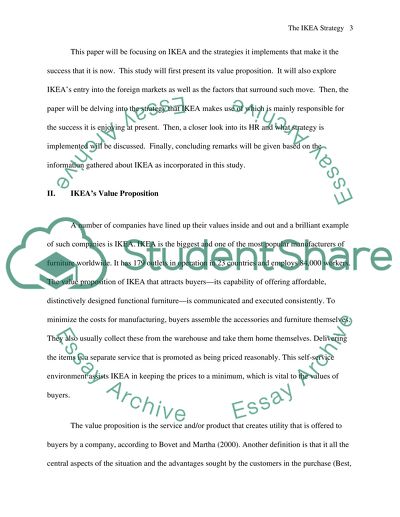Cite this document
(“IKEA's Strategy Essay Example | Topics and Well Written Essays - 3000 words”, n.d.)
Retrieved from https://studentshare.org/environmental-studies/1420766-ikea-s-strategy
Retrieved from https://studentshare.org/environmental-studies/1420766-ikea-s-strategy
(IKEA'S Strategy Essay Example | Topics and Well Written Essays - 3000 Words)
https://studentshare.org/environmental-studies/1420766-ikea-s-strategy.
https://studentshare.org/environmental-studies/1420766-ikea-s-strategy.
“IKEA'S Strategy Essay Example | Topics and Well Written Essays - 3000 Words”, n.d. https://studentshare.org/environmental-studies/1420766-ikea-s-strategy.


